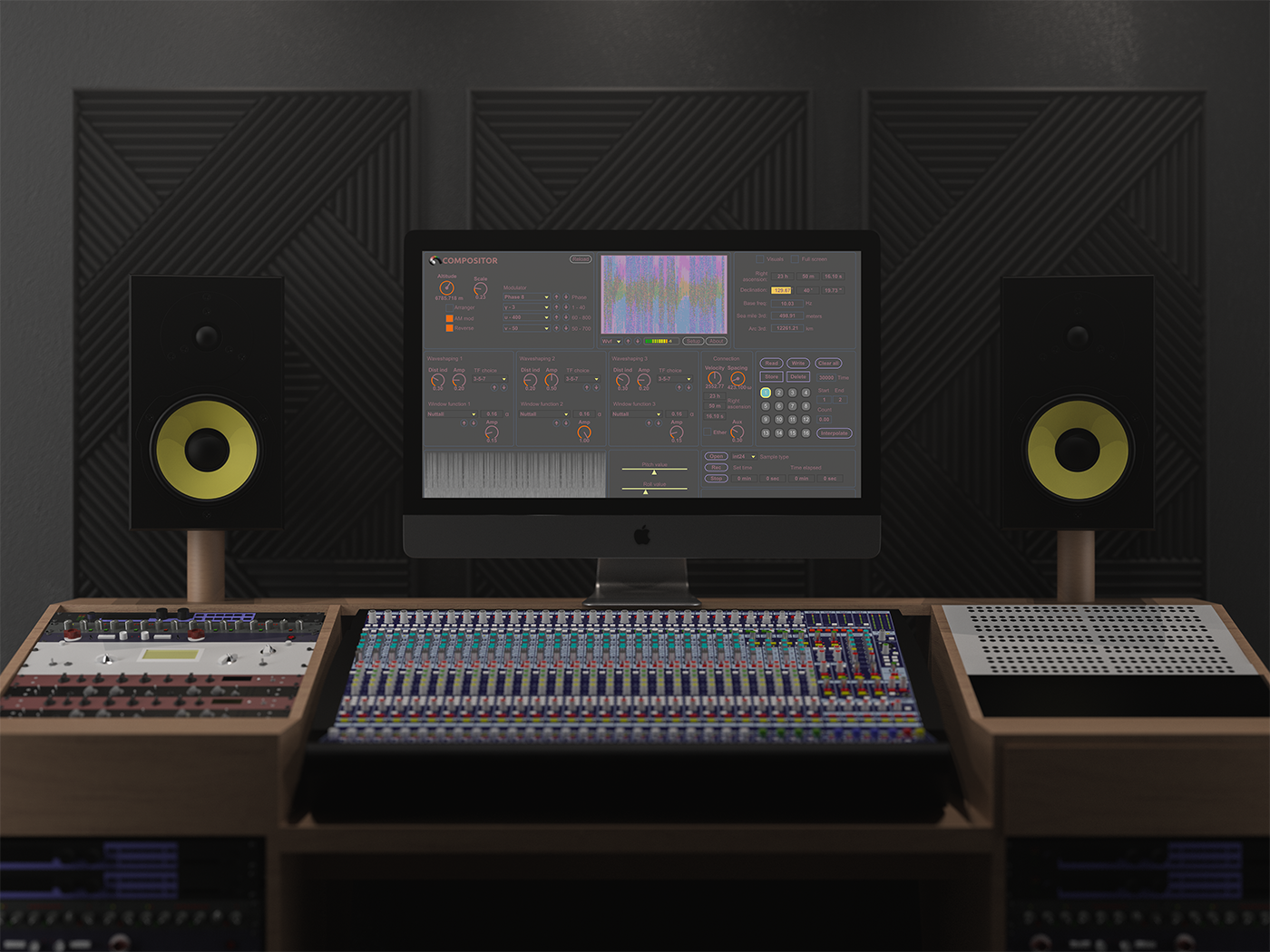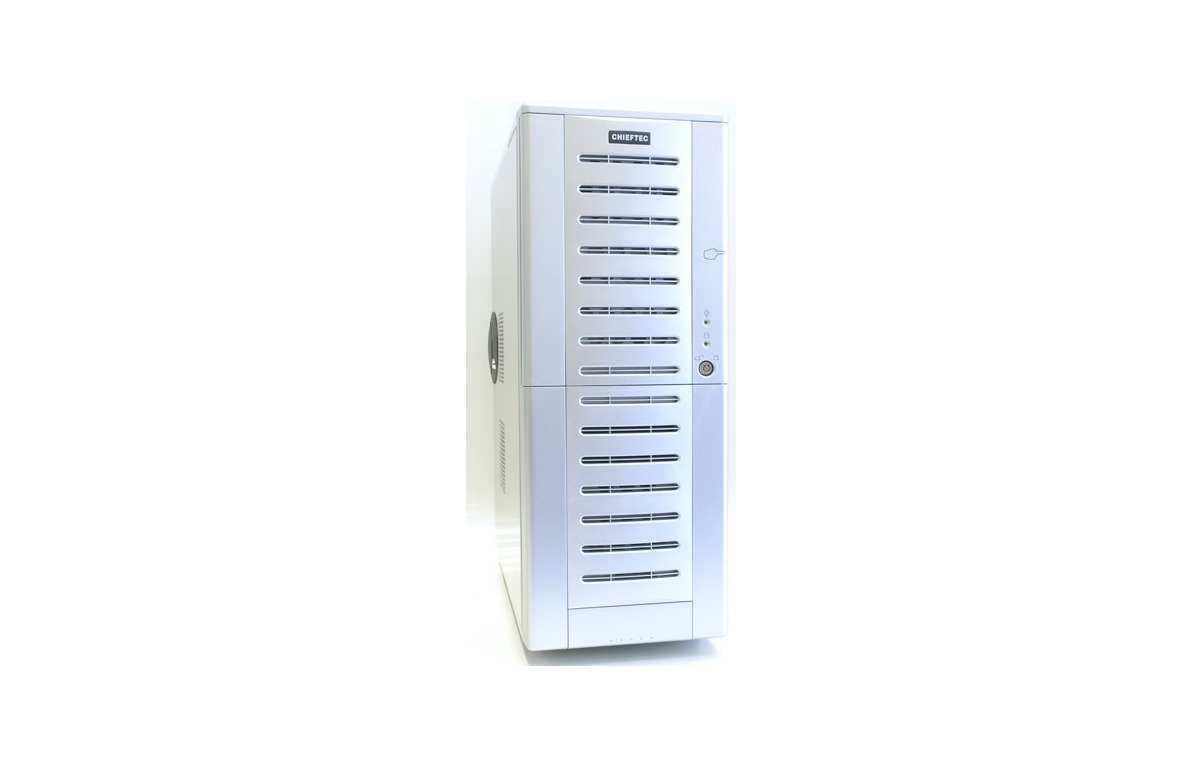Compositor Software extended services set Compositor Software server has confirmed its success in supporting the remote workflow. Even the set of services that was named in a previous post ensured the smooth operation of all network resources. However, for a full-fledged work, this was not enough. I resumed work on the implementation of all services from the Network Real-Time Operating…
Compositor Software expands the number of existing DRM servers After an important step of building standalone applications using Compositor Software code, it became possible to organize the work of a new DRM server. That is, the physical server CP-6137-960FX began to be commissioned. As mentioned earlier, at the development stage it was possible to launch just one RAD36 virtual DRM…

RTOS version 9.0.2 a16 assembled It took more than 1.5 years to work on solving the problem of Compositor AV Extended interface break-through (which is the main interface of RTOS). This problem occurred during the dial-up of routing tables for establishing a tunnel connection. The way to recreate it: first, RTOS protocols are dialed by injecting routing tables into them,…

Compositor Software builds virtual servers for Microsoft Windows and Android platforms Compositor Software presents 4 architectures on C++. It is TC-TRSRRT2048, TC-SUBTRSRRT262144, TC-2SUBTRSRRT262144 architectures for STC2k, RTC4k, RAD96 and RAD36 platforms correspondingly. Now, when Compositor Software code repository have grown, it is time to move forward past the MaxMSP platform. First, Compositor Software thanks the JUCE framework for providing an…
Sample-precise solution for packet fixation To finish the production of Niagara software modem you need to produce a new dump. Dump and middleware records simultaneously that is why you need to produce new middleware also. The main difference from Niagara 18 software modem middleware is that you need to fixate a number of packets for dump. For example, you need…
Niagara 18 software modem review All Niagara series products are the software modems, which use middleware and dump, produced in Compositor RTOS 9.0.2. I present to you Niagara 18 software modem, which has an extended documentation (part on Russian, part on English languages). Niagara 18 software modem middleware supports EIGRP, RIPng, BGP4+, OSPFv3 protocols, default route from EIGRP, full work…
Compositor v3 RTOS – analog radio interface for IPv6 Protocol Compositor v3 Hypervisor Radio Shack software updated to RTOS. Now, Compositor RTOS v3.0.3 supports numerous new features, such as: Protocols implemented: RTC8k = IS-IS Level-2 FF8 = ARP (Address Resolution Protocol) TC25 = VLAN (IEEE 802.1aq) Hierarchies added: AI-RT1024 = SDH STM-x N9000 = PDH E1 Other features: TCP/IP protocols…
Compositor RTOS from PRO 1 to 9.0.2 I’m here to inform you that Compositor Software is about to reveal the whole working routine on OS right from Compositor PRO v1. First, I revealed the protocols used in Compositor v9. Now, I know that counters in VSF platform scan autonomous systems in two formats: asplain and asdot+. Here how it looks:…
Niagara 12 Niagara project has left a new milestone: now its dump consists of 7539 MIB’s. It’s important to notice that middleware submission now goes at 34 fps at speed of 8192 bpm, which equals to IPv6 network prefix of 51:5C::. Now, the mystery of a signal submitted to sound card output revealed. The signal is detected with another software:…
9.0.2 is officially Compositor RTOS Now, after a great success of Hypervisor, I’m here to present to you the latest build of Compositor, which is a network RTOS in version 9.0.2 a11. I already revealed the protocols, which this RTOS is capable of, now, I just announce it’s existence to the public. As you can see on the image below,…